12 Ideal Plants for Small Trellises to Add Charm to Your Garden
Trellises are a great way to add vertical beauty to small spaces, and the right plants can make all the difference.
If you're working with a compact garden or balcony, a small trellis paired with the perfect climbing plants can help you maximize your space and create a striking display.
In this list, you’ll find 12 of the best plants that thrive on small trellises, offering everything from colorful blooms to lush, leafy textures.
These plants will help you elevate your outdoor space in no time.
Pole Beans (Phaseolus vulgaris)
Pole beans thrive in well-drained soil with organic amendments and full sun in temperatures of at least 60°F (16°C). They require a support system at least 6 feet (2m) tall, as the vines grow 5 to 10 feet long.
Watering once a week, ensuring at least 1 inch (2.5 cm) of water, is necessary. The soil should not dry out, but overly wet conditions should be avoided for optimal growth.
Cucumbers (Cucumis sativus)
Cucumbers prefer warm, muggy conditions with loose, organic soil and ample sunshine. Planting them in well-drained soil helps ensure their success.
Cucumbers can be trained to climb a trellis or fence to save space and elevate the fruit off the ground. This method not only saves room but also enhances the neatness of your garden, making it easier to harvest and protect the fruit from pests.
Loofah (Luffa spp.)
Luffa vines are fast-growing and need a strong trellis to prevent the fruit from touching the ground, which can cause browning, misshaped gourds, and rot. Adding thread in a V-pattern helps guide the vines as they climb.
Luffa requires a minimum of six hours of direct sunlight and prefers well-drained soil with a pH range between 6.0 and 6.5. Air circulation is important for preventing rot and ensuring healthy fruit production.
Peas (Pisum sativum)
Pea plants need a trellis for climbing, with thick wire panels or structures made of chicken wire, bamboo, or twine as ideal support. They prefer deep, moisture-retentive soil but cannot tolerate soggy conditions, high heat, or drought.
Plant them in an open, protected area for optimal growth. The support system helps prevent the vines from sagging, keeping the peas healthy and allowing for easy harvesting.
Chayote (Sechium edule)
Chayote vines will grow on almost any structure, but a 6-foot tall trellis is recommended for better vine management and easier harvesting. The trellis needs to be sturdy enough to hold the fruit when the vines are heavy with produce.
Chayote thrives in loose, well-drained soil high in organic matter and grows best in full sunlight. Planting in partial shade will result in significantly smaller fruits.
Ensuring proper vine support and spacing allows for healthy growth and ample fruit production.
Rocoto Pepper (Capsicum pubescens)
Rocotos thrive in mild climates, preferring temperatures between 45 and 60°F, and struggle to bloom in temperatures above 70°F. They flourish in damp, loamy soil rich in calcium and magnesium.
Rocotos have vine-like growth habits, which makes trellising an effective method for supporting their structure. Providing the right soil conditions and nutrient balance is key to ensuring their success, and regular watering will help maintain their preferred growing environment.
Tomatoes (Solanum lycopersicum)
Tomato plants can grow along the ground but are more prone to disease and pests in this position. Trellising tomatoes allows them to grow vertically, improving air circulation and making harvesting easier.
They thrive in rich, well-drained soil that retains moisture and prefer the warmest, sunniest, wind-protected location in your garden. Ensuring proper support and sunlight will help the plants produce more fruit and remain healthy throughout the growing season.
Melon (Cucumis melo)
Melons require a sturdy trellis to support the weight of their fruit as they grow. Training the vines vertically up structures such as concrete reinforcing wire encourages healthier plants.
Melons thrive in conditions with plenty of sunlight, warmth, and a steady water supply. Stress from pests, diseases, inadequate nutrition, or inconsistent watering can reduce sugar production in the fruit.
By maintaining a clean and pest-free environment, the fruits can reach their full potential in sweetness and size.
Summer Squash (Cucurbita pepo)
Zucchini benefits from growing in rich, well-drained soil with plenty of sunlight. Trellising zucchini helps reduce the incidence of squash bugs by keeping the plant elevated.
Training the zucchini to climb not only improves pest management but also allows for more efficient use of garden space, helping the plants grow healthier and produce more abundant harvests. Proper soil care and trellising also enhance the overall appearance and organization of the garden.
Hops (Humulus lupulus)
Humulus lupulus (hops) need full sun and soil that is wet but well-drained to thrive. A thick wire or trellis string should be run from the top of the support structure to the root for the plant to climb.
In the spring, aggressive pruning encourages new growth, and consistent support throughout the season ensures a healthy vine structure and productive harvest.
Winter Squash (Cucurbita maxima)
While not necessary, squash benefits from trellising as it grows, allowing the plant to stay contained and prevent sprawling. Trellising also keeps the squash fruit off the ground, reducing the risk of rot and improving air circulation.
Plant squash in rich, permeable, compost-amended soil to support its growth. Regular composting ensures that the soil remains fertile and well-draining, helping the plants thrive in various growing conditions.
Malabar Spinach (Basella alba)
Malabar spinach is a robust climber that requires trellising to support its rapid growth. The vines can quickly take over other plants, so adequate support is essential.
Malabar spinach thrives in full sun and should be planted in rich, well-drained, moist soil. Regular watering is necessary to prevent the plants from blooming, which can occur if the soil becomes too dry.
This vigorous vine is also ornamental, making it both a functional and decorative addition to any garden.

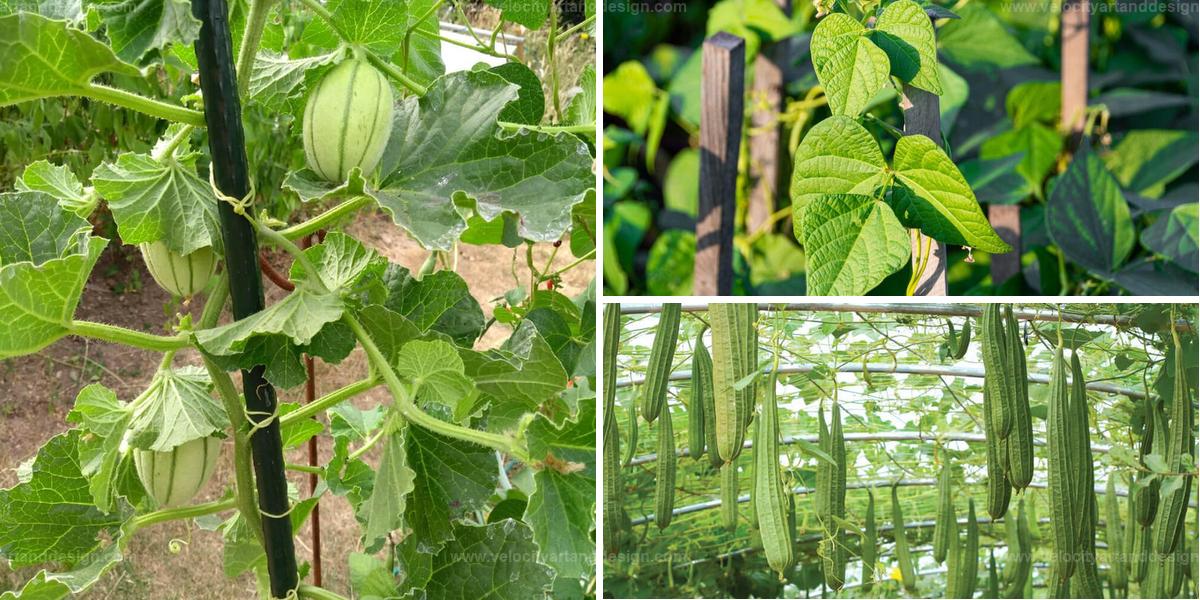
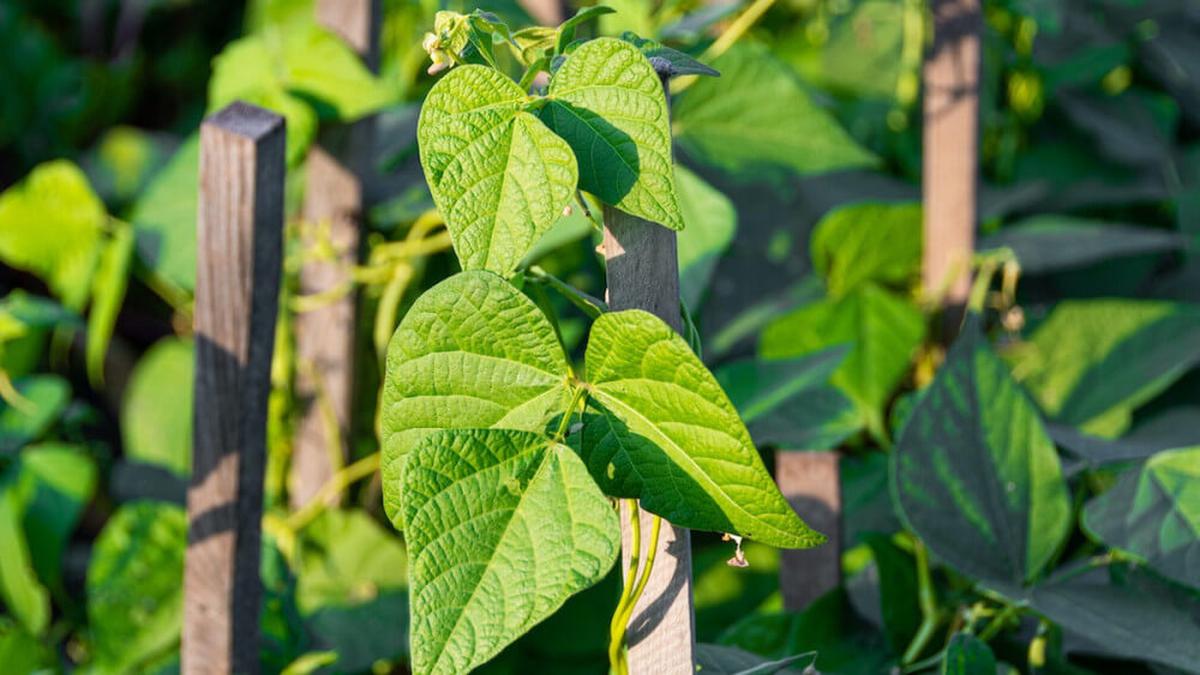
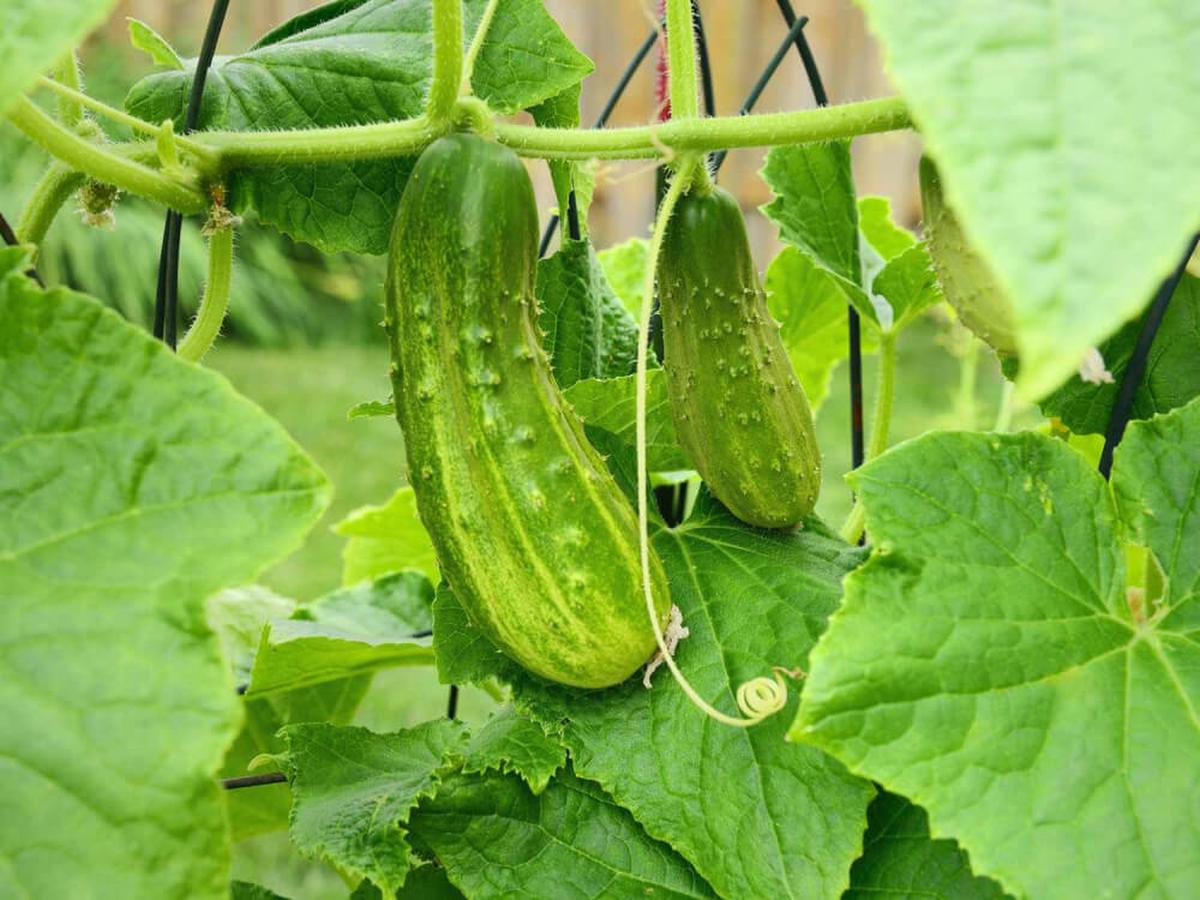
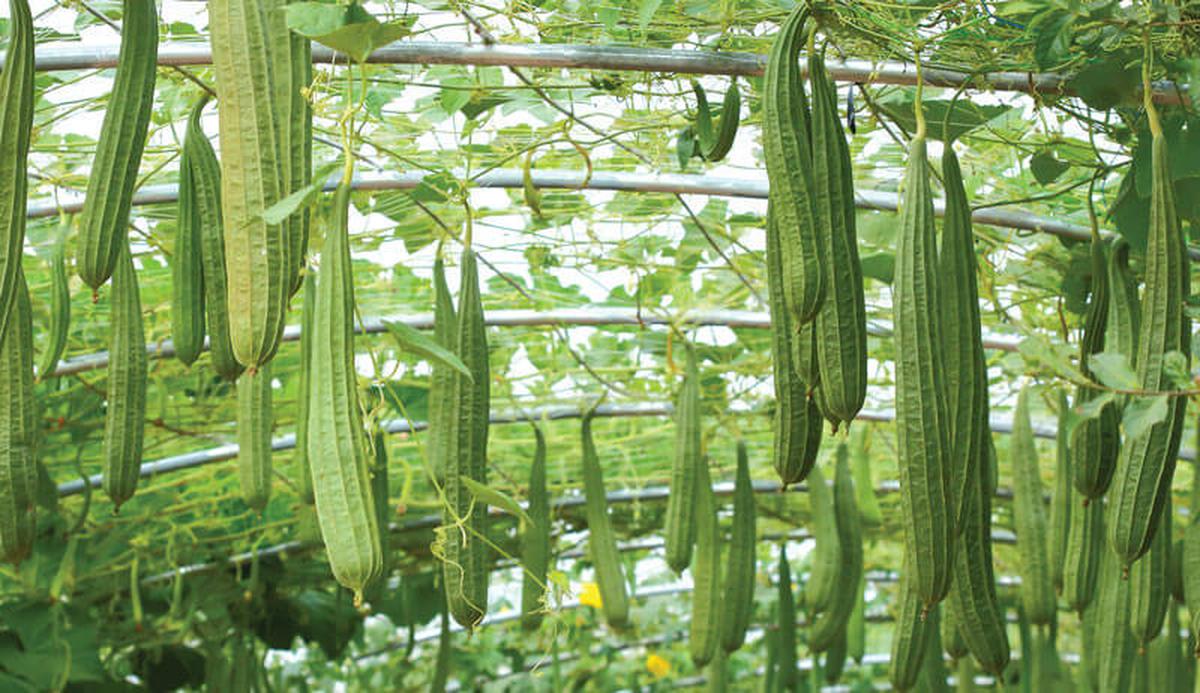
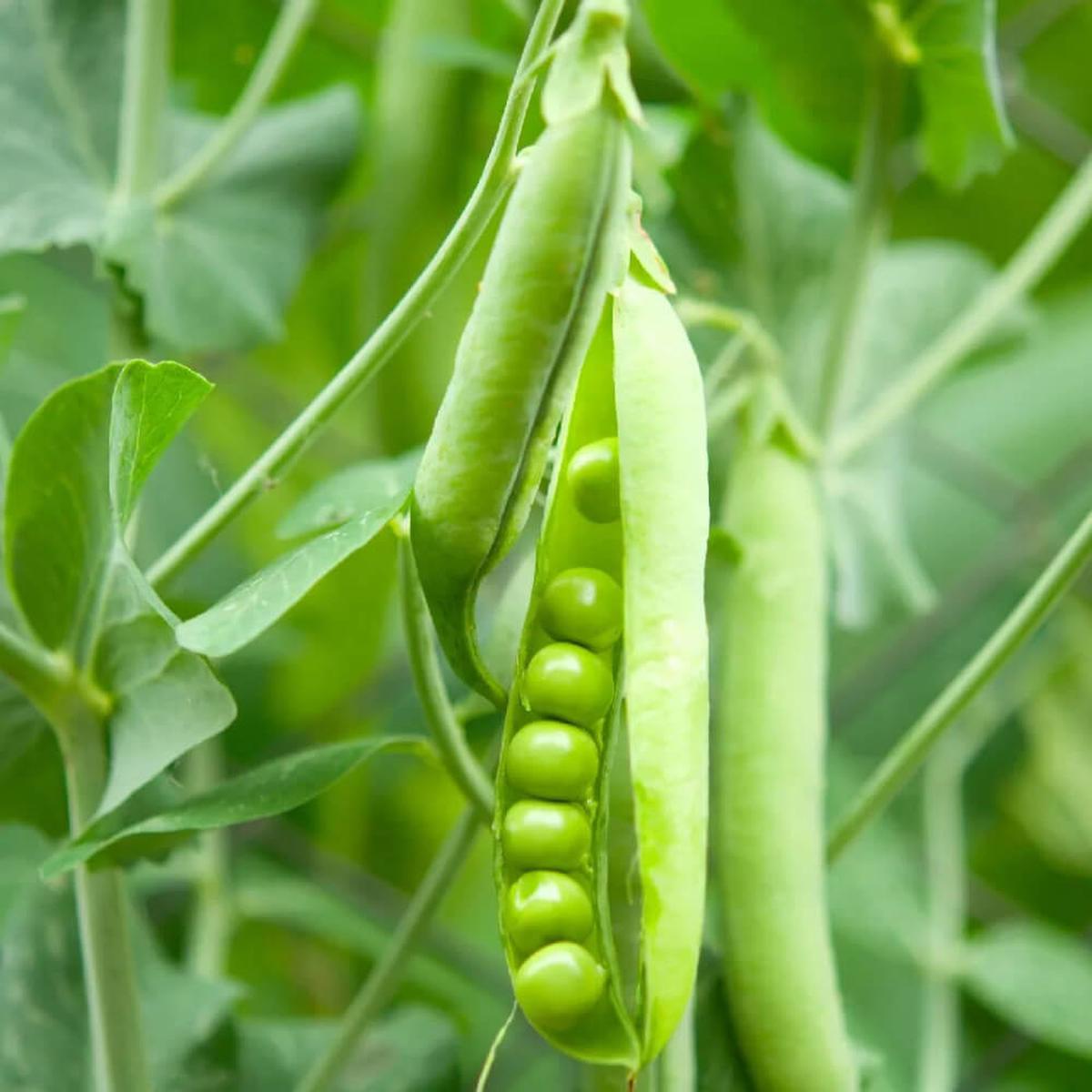
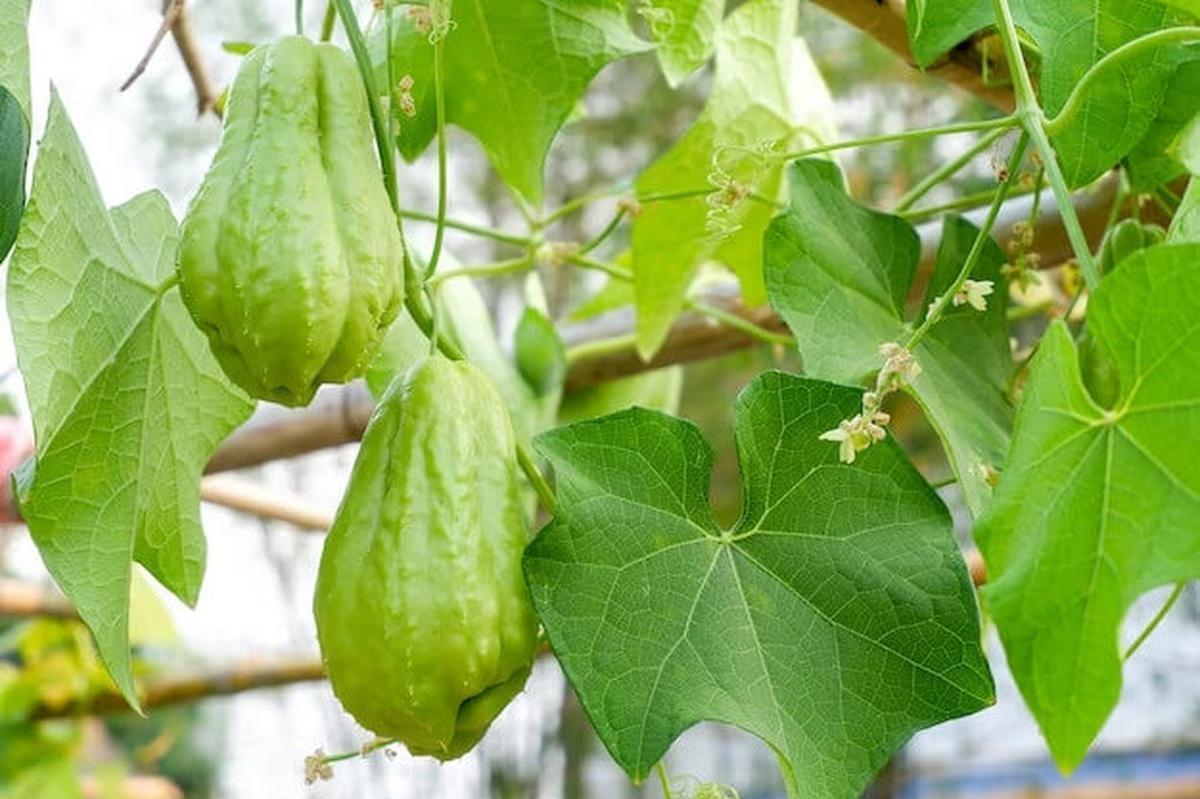
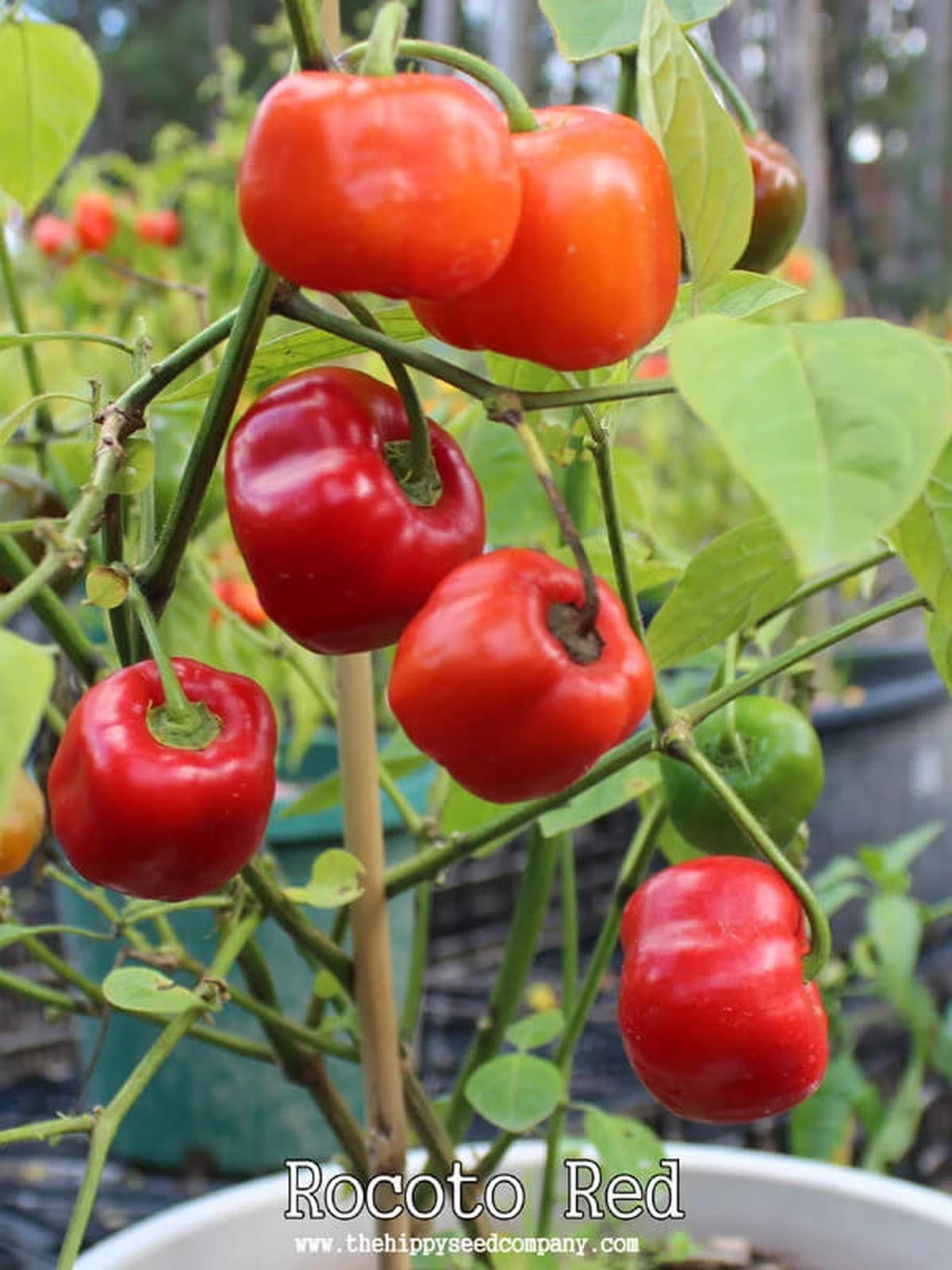
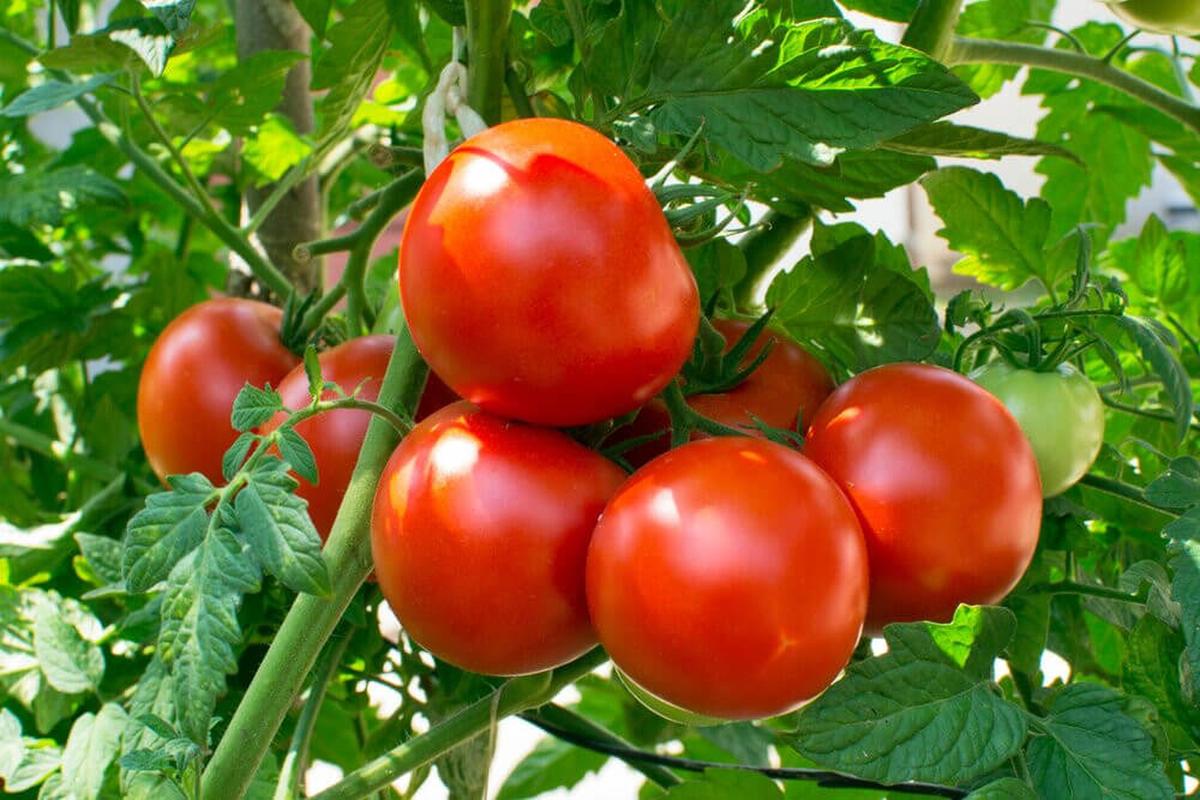
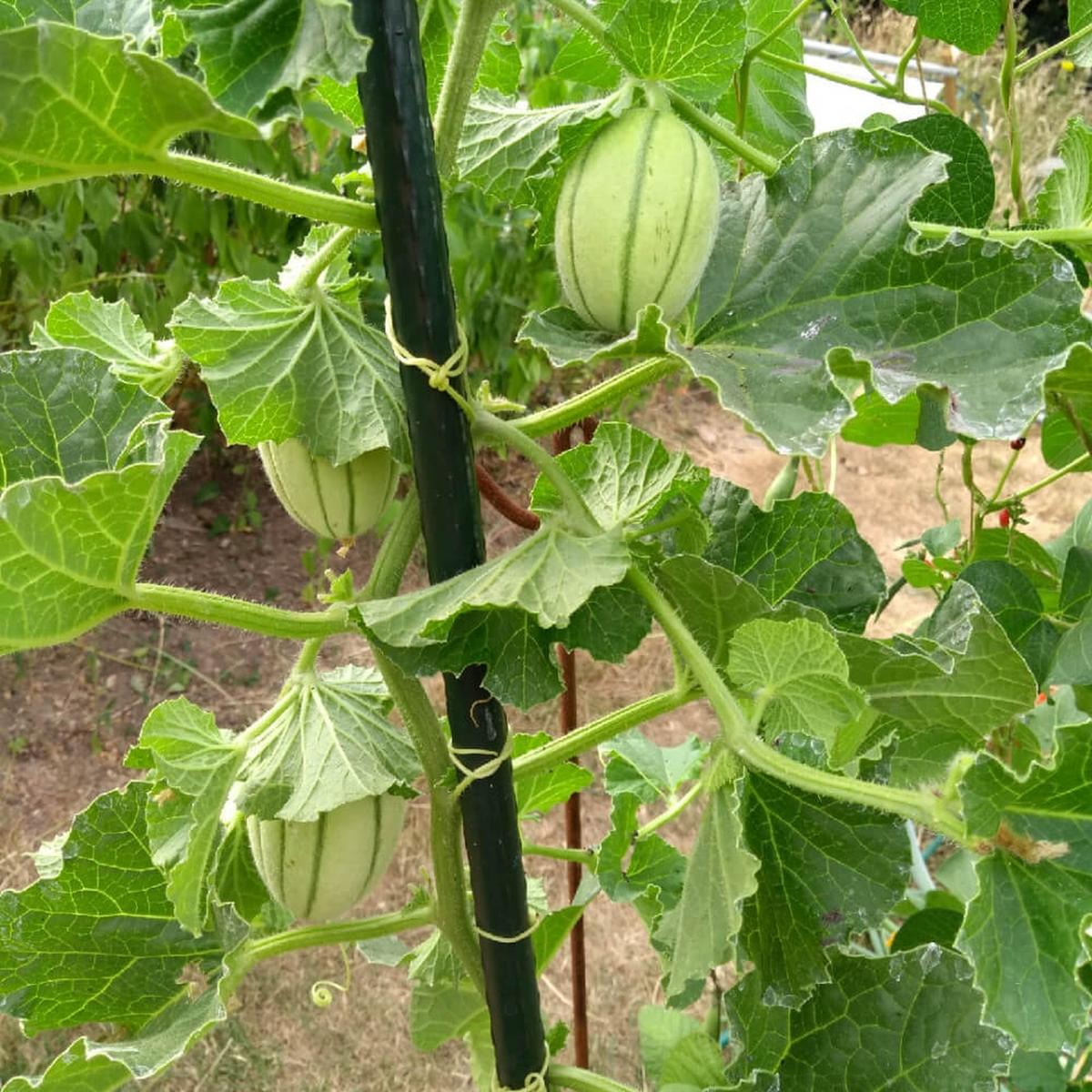
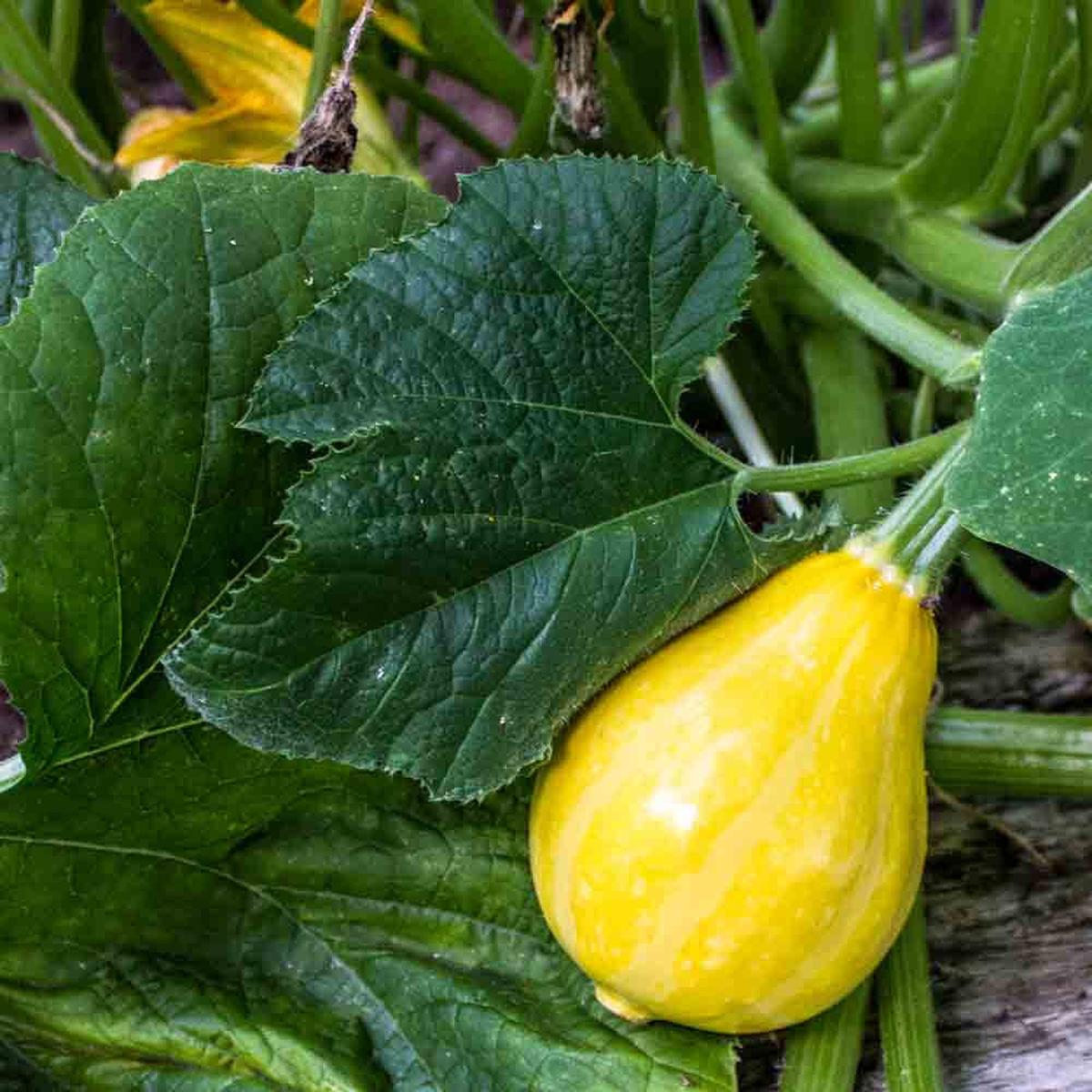
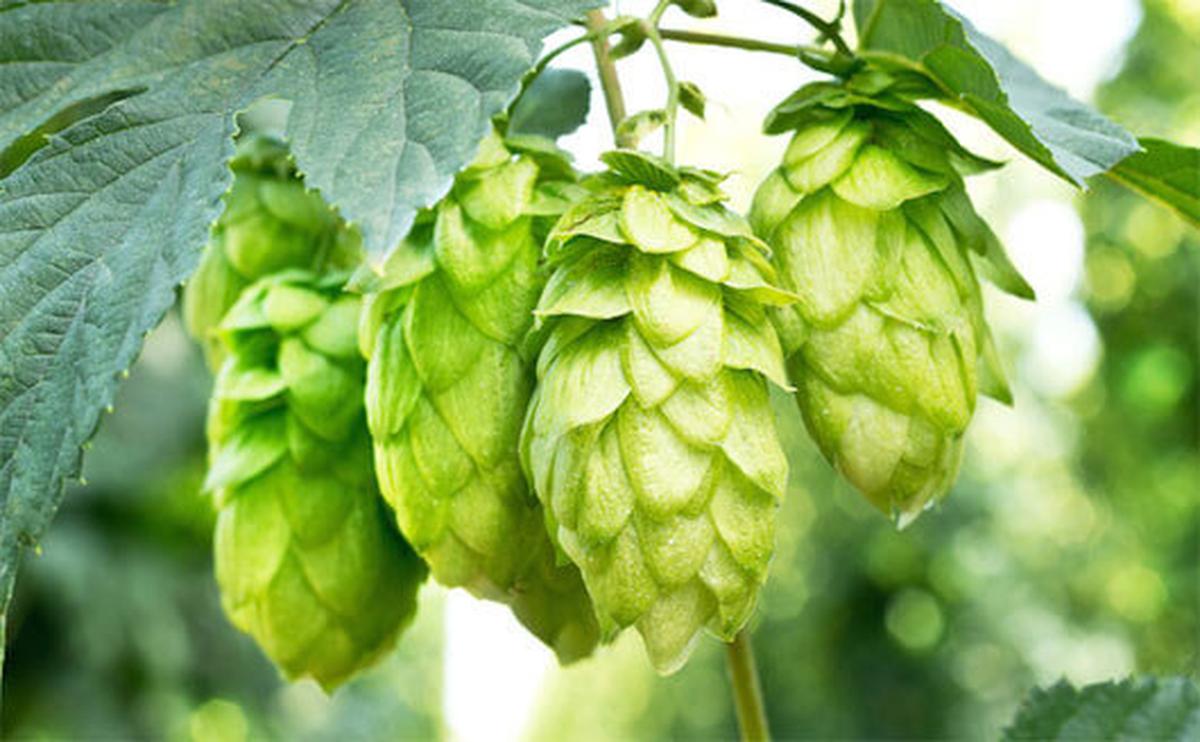
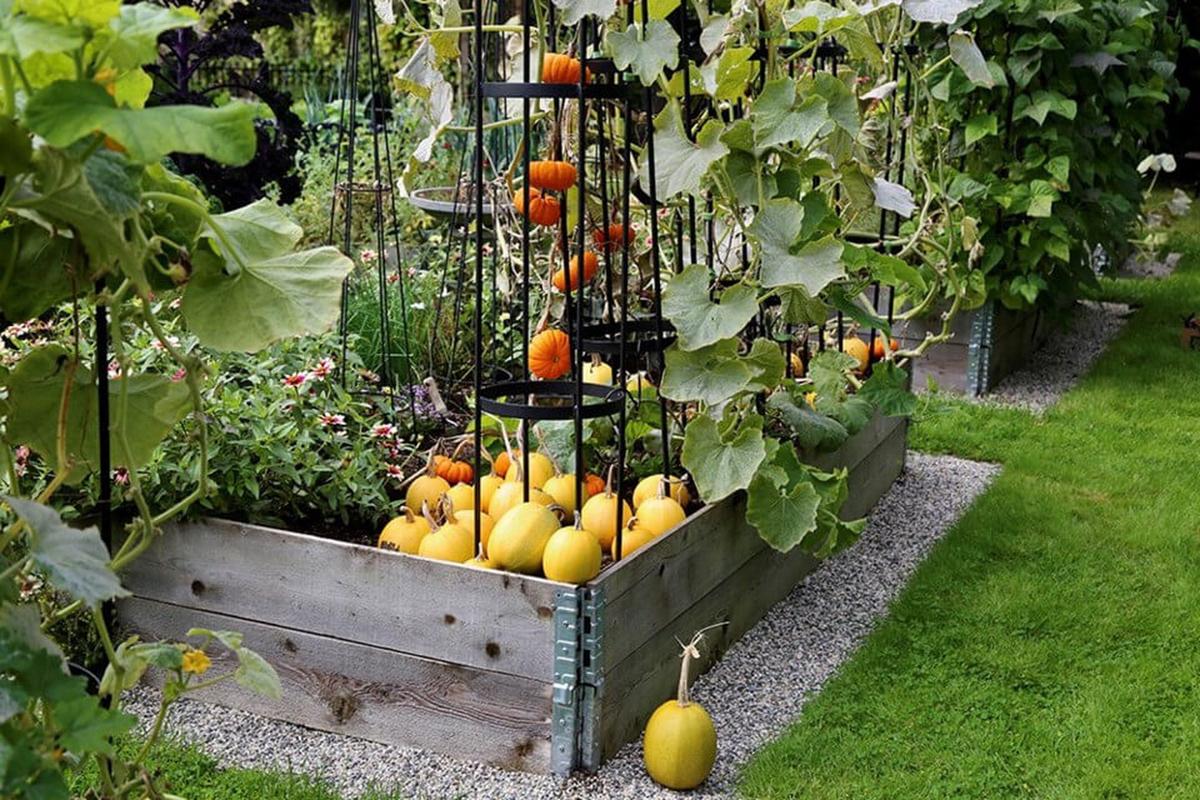
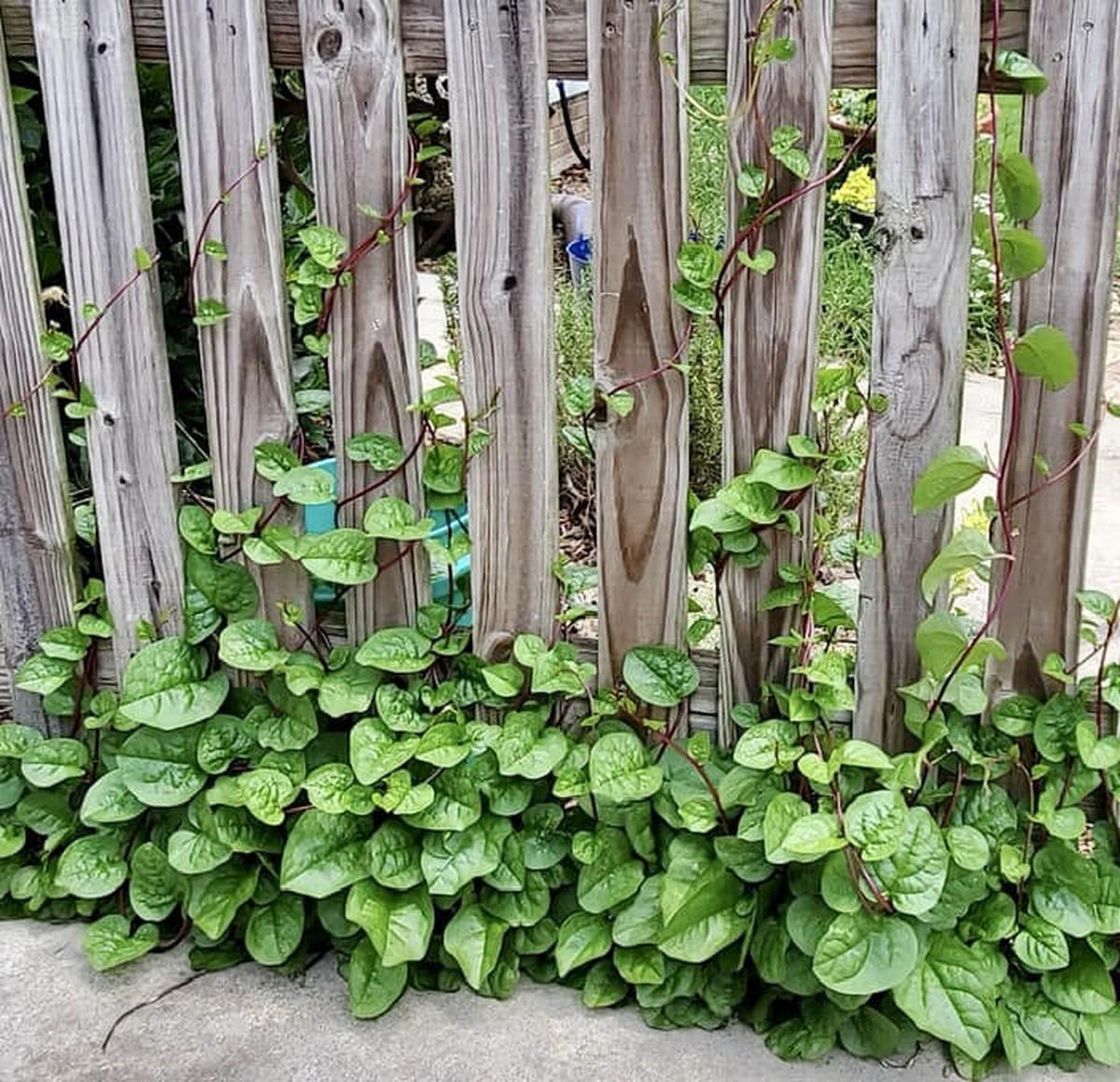
James Turner
Founder & Lead Designer
Expertise
Interior Design, Sustainable Design Practices, Spatial Planning, Innovative Material Applications, Contemporary Art Techniques, Visual Communication, Multimedia Artistry, DIY Design and Home Projects, Eco-Friendly Living Spaces, Creative Solutions
Education
University of Cincinnati College of Design, Architecture, Art, and Planning (DAAP)
Columbus College of Art & Design (CCAD), Columbus, OH
James Turner is the founder and lead designer at Velocity Art and Design. He studied Interior Design at the University of Cincinnati, focusing on eco-friendly design and smart use of space.
Later, he expanded his artistic skills with a Fine Arts Certificate from the Columbus College of Art & Design, where he learned about modern art and visual storytelling.
With over 10 years in design, James is passionate about making spaces that are both beautiful and practical. He shares his DIY tips and creative ideas to inspire others to explore their own creativity and transform their living spaces.